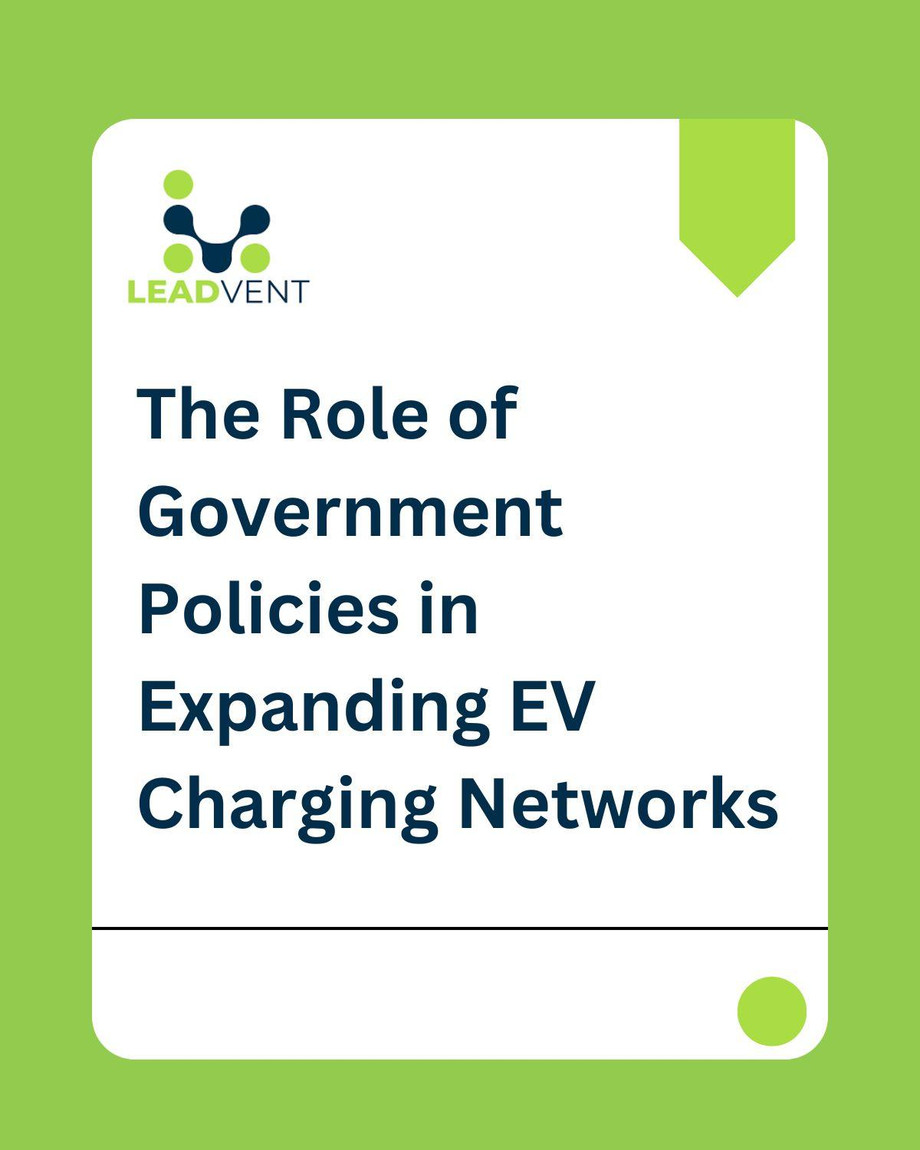Why EV Charging Infrastructure is Crucial
The rise in EV adoption is creating a massive demand for accessible and reliable charging solutions. According to Markets and Markets data, the global EV charging station market is set to grow from 2.1 million units in 2020 to 30.7 million by 2027. Yet, to accommodate this growth, charging infrastructure must keep pace. Governments and stakeholders must address key challenges, such as:
-
Tackling range anxiety by ensuring sufficient charging stations.
-
Upgrading electricity grids to handle increased demand.
-
Establishing consistent standards for seamless interoperability and high-speed charging.
Public Funding as the Foundation for Growth
A significant driver behind EV infrastructure development is government investment. Public funds are being utilized to deploy charging networks in underserved or high-traffic areas where private investment alone would be insufficient.
Case Study: The United States
The U.S. government has initiated ambitious plans to invest $7.5 billion to build a national network of 500,000 EV chargers by 2030. This initiative, part of the Bipartisan Infrastructure Law, prioritizes high-speed charging along major highways, aiming to eliminate range anxiety for long-distance travelers.
Case Study: The European Union
The EU has an equally aggressive target, with the European Automobile Manufacturers Association (ACEA) projecting the need for 2.8 million public charging points across its member countries by 2030. The EU's Alternative Fuels Infrastructure Regulation (AFIR) mandates a minimum number of charging stations on major transport routes and urban areas.
Public funding ensures that charging infrastructure reaches remote regions and lower-density areas, which are often ignored by private sector projects due to low profitability.
Incentives to Attract Private Investment
Governments are not only funding projects directly but also offering incentives to encourage private-sector participation. Incentives such as tax benefits, grants, and subsidies are making it financially viable for businesses to invest in EV charging infrastructure.
-
India: Through its Faster Adoption and Manufacturing (FAME) scheme, the Indian government provides subsidies to set up charging networks and supports the electrification of public transport.
-
Norway: Incentives include tax exemptions for EV infrastructure developers, alongside toll and parking benefits for EV owners. These measures have propelled Norway to become a global leader in EV adoption.
These efforts create a public-private partnership that accelerates the deployment of charging networks while driving technological innovation.
Regulatory Measures to Standardize and Scale
Regulatory frameworks ensure the development of a cohesive and effective charging network. These measures cover areas like interoperability, fast-charging standards, and grid integration.
For instance, California’s Low Carbon Fuel Standard requires utility providers to incentivize EV charging infrastructure development. Similarly, Europe has embraced Vehicle-to-Grid (V2G) technology under its regulatory landscape, enabling EVs to feed electricity back to grids and optimize energy usage.
These mandates are crucial for shaping a scalable infrastructure that works seamlessly across manufacturers, networks, and regions.
Collision of Regulation and Innovation at EV Infrastructure Conferences
Industry forums like the 3rd Annual EV Charging Infrastructure Forum in Amsterdam bring together policymakers, tech innovators, and industry experts to discuss ways to address regulatory challenges. This EV Infrastructure Conference focuses on business models between CPO (Charge Point Operators) and MSP (Mobility Service Providers), addressing cyber-security concerns, and exploring new routes in ultra-fast charging technologies. This esteemed event brings together policymakers, industry leaders, and innovators from around the world to explore cutting-edge solutions and address the key challenges in EV infrastructure development. From regulatory frameworks and business models to cybersecurity and ultra-fast charging technologies, this conference promises to be an authoritative platform for knowledge exchange, collaboration, and driving innovation in the EV industry. Keep an eye out for upcoming announcements on event dates, featured speakers, and registration information.
Addressing Range Anxiety Through Policy
Beyond infrastructure, governments aim to address consumer concerns like range anxiety. With over 71% of EV owners identifying limited charging options as their primary hesitation, policies are being designed to ensure availability and reliability.
Case Study: China
China, the largest EV market, leads by example. By 2022, the country had more than 1.15 million public charging stations, supported by strong government initiatives including subsidies for fast-charging networks and the establishment of a unified payment system for all major charging stations.
Coupled with intelligent urban planning, consumers can now find EV charging stations in both city centers and rural areas, easing their concerns about range limitations.
Frequently Asked Questions
Why are government policies critical in EV charging infrastructure development?
Government policies provide the financial support, regulatory framework, and incentives that are vital to bridging market gaps in EV charging infrastructure. Without such measures, the deployment of charging networks may remain inconsistent and insufficient.
What is the biggest challenge for the global expansion of EV charging stations?
Interoperability and grid-readiness remain significant challenges. Government policies addressing uniform technical standards and grid upgrades are crucial to overcoming these hurdles.
How does public funding impact private investment?
Public funding de-risks EV infrastructure investments, encouraging private companies to contribute. Policies that provide clear, long-term incentives like tax benefits, grants, and operational rebates further empower private stakeholders.

